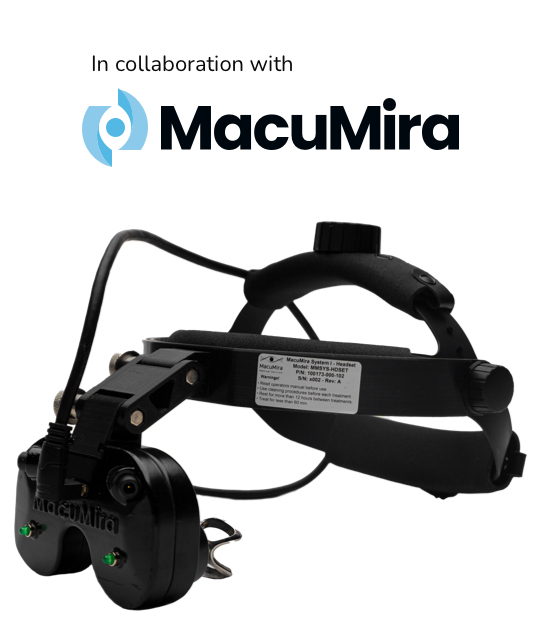From social media posts and emails to your website’s homepage, you do a lot of writing every day. Every word you publish online shapes how people see your practice. The professionals at Marketing4ECPs help practices like yours turn words into growth. It’s your chance to make a great first impression, build trust, and connect with the community you serve.
You don’t need to be a professional writer to make a big impact. These simple, modern rules help you write clear and effective copy that connects with patients and grows your practice. Following a few key guidelines can transform your online presence and strengthen your brand image, making your communication efforts much easier.
Connect with Your Audience Through Clear Communication
Think of your website and social media profiles as the new front door to your practice. Before someone even steps inside your clinic, they meet you through your words. Using the right approach helps you build a strong, positive connection from the very first sentence.
Write for Your Patients, Not Other Doctors
You’re an expert in your field, but your patients are not. Avoid technical jargon and complex medical terms whenever possible. Break down eye care topics into simple, easy-to-understand information that helps people feel informed and confident in their care.
Keep Your Tone Friendly & Approachable
Your online voice should match the warm, welcoming atmosphere you create in your practice. A conversational and friendly tone makes your clinic feel more accessible. This helps potential patients feel more comfortable reaching out to book an appointment.
Show Your Practice’s Personality
What makes your practice special? Let the unique character of your team shine through in your writing. A touch of humour or a clear passion for eye care helps define your online identity and makes you more memorable.

Core Rules for Modern Digital Writing
People read differently on a screen than they do on a printed page. They often scan quickly, looking for the exact information they need. These fundamental rules help you structure your content so it’s effective and easy for your audience to read online.
Use an Active Voice
Active voice makes your sentences more direct and energetic. It puts the person doing the action first, which is simpler for the brain to process. For example, instead of “An eye exam can be booked by you,” write “You can book an eye exam.”
Make It Scannable with Short Paragraphs & Headings
Most online readers skim. You can capture their attention and guide them to important information with effective formatting for the web.
- Keep paragraphs to three or four sentences.
- Use clear headings to break up long sections of text.
- Use bullet points to present lists of services or tips.
Choose Simple Words
When you have a choice between a simple word and a complex one, always choose the simple one. Clear communication is far more valuable than a big vocabulary when your goal is to connect with your patients. Simple words build bridges—jargon builds walls.
How Effective Copy Powers Digital Marketing for Optometrists
Strong writing is the engine of a successful online strategy. It directly impacts your marketing efforts and helps you attract new people to your practice. Good copy is a cornerstone of any effective marketing strategy.
Boost Your Website’s SEO
When your website answers common questions using the same words your patients use, search engines notice. Focus on symptoms that patients are actively searching for solutions to, such as “dry itchy eyes”, or “trouble seeing far away.” Well-written, helpful content and a thoughtful search engine optimization strategy can improve your search rankings, making it easier for people in your area to find you online.
Create Engaging Social Media Posts
Busy social media feeds are full of distractions. You can grab attention with clear, concise captions that encourage people to like, comment, and share your posts. A powerful message gets more interaction than a dense block of text.
Write Emails People Actually Open & Read
From newsletters to appointment reminders, effective writing makes a huge difference. A clear, friendly subject line increases the chance your email gets opened. Great content inside then prompts the reader to take action, which is the goal of all professional email marketing.
Grammar & Punctuation That Build Trust
Even small errors can make a practice seem less professional. Paying attention to grammar and punctuation details helps you present a polished, credible image that builds confidence with current and future patients, a core part of a great patient experience.
Proofread Everything Twice
Always review your writing before you hit publish. A quick double-check can help you catch typos and awkward sentences. Reading your text out loud is a fantastic trick for spotting mistakes your eyes might have missed.
Get a Handle on Common Mix-Ups
A few grammar slip-ups pop up all the time. Keep an eye out for these common ones to keep your writing sharp:
- Your vs. You’re
- There, Their, & They’re
- It’s vs. Its
Use Punctuation with Purpose
Good punctuation works like a road map for your reader—it shows them where to pause and how ideas are connected. Using periods, commas, and em dashes correctly creates a smooth reading experience and ensures your message is clear.

Tools & Resources to Sharpen Your Writing
You don’t have to get everything perfect on your own. Many user-friendly tools can help you check your work, and you can find more resources in these educational marketing guides. These resources help you improve readability and maintain a consistent voice across all your digital platforms.
Online Grammar Checkers
Many free browser extensions and web-based apps act like an advanced spell-checker. They can help you catch common spelling and grammar mistakes automatically as you type, saving you time and effort.
Readability Score Tools
These simple programs analyze your text and give it a score based on how easy it is to read. Aiming for a grade 6-8 reading level helps you make sure your content is accessible to the widest possible audience.
A Simple Style Guide for Your Practice
Create a quick reference document for your team. It can outline things like how to format the practice name or which specific terms to use. A style guide helps keep all your communications consistent, no matter who is writing.Putting these rules into practice helps you communicate more effectively and build stronger relationships with your community. If you need a hand, the team at Marketing4ECPs specializes in creating content that resonates with your audience. Get in touch to learn how that expertise can support your digital marketing.
































